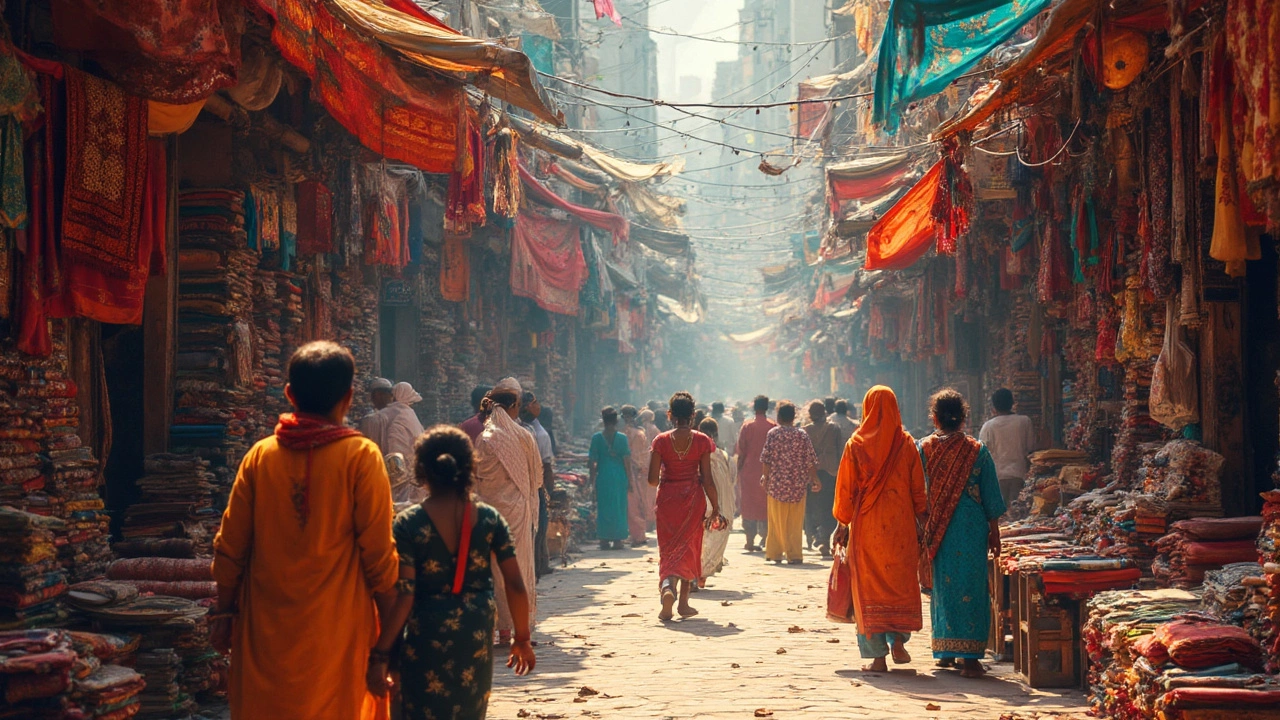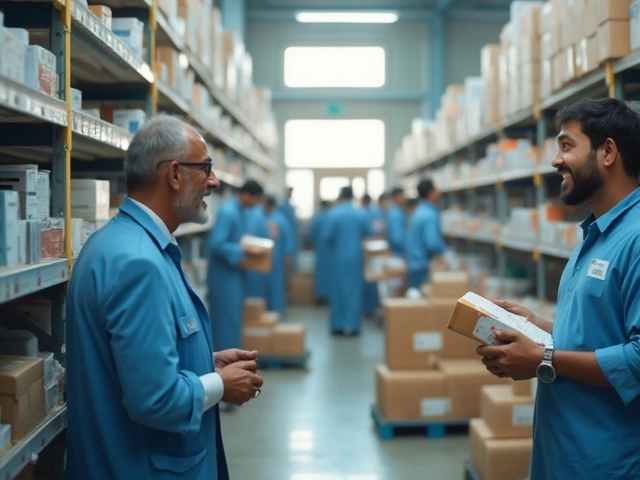Indian Textile Industry: What’s Happening Now?
India’s textile sector is a massive part of the economy, and you’ll hear it mentioned every time someone talks about “Made in India.” From cotton fields in Gujarat to high‑tech yarn mills in Tamil Nadu, the industry touches almost every state. In 2024 the sector added about 6 % to the country’s GDP, and that growth is still ticking up.
When you think of Indian textiles, you probably picture bright saris, soft towels, and sturdy denim. Those products are the front‑line of a supply chain that includes growers, spinners, weavers, and exporters. The whole chain is getting smarter: automation is rolling into spinning rooms, while traditional handloom villages are using e‑commerce platforms to sell directly to buyers abroad.
Key Hubs and What They Produce
Different regions have built niches. Gujarat and Maharashtra dominate cotton production; Punjab and Haryana feed the raw material to mills in Delhi‑NCR and Punjab. For synthetic fabrics, places like Ahmedabad and Surat lead with polyester and blended yarns. Surat, famous for its “Surti” textiles, also shows up in our post “Best Things to Buy in Surat,” highlighting how local markets fuel both domestic demand and export orders.
When it comes to denim, the city of Tirupur in Tamil Nadu is the go‑to spot. It combines low‑cost labor with a strong export network, making Indian denim a frequent name on shelves in Europe and the US. If you’re hunting for high‑end silk, Bengal’s heritage weavers still dominate the niche market.
Sustainability and Innovation
Eco‑friendly practices are no longer a buzzword; they’re a must‑have. Many mills have switched to water‑saving dyeing processes, and some are experimenting with bio‑based fibers made from banana stalks or pineapple leaves. Our guide “Which Country Is Best in Textile? 2025” points out that India is climbing the sustainability ladder, thanks to government incentives and private R&D.
Smart tech is also reshaping the scene. IoT sensors monitor machine performance, reducing downtime and waste. Some factories employ AI to predict demand spikes, which helps them avoid over‑production—a common cause of textile waste.
For small‑scale weavers, digital platforms are a game‑changer. A handloom artist in Varanasi can now upload pictures of a newly woven shawl, set a price, and ship it directly to a buyer in New York, cutting out middlemen and boosting income.
Export numbers back this up. In the last fiscal year, India exported over $30 billion worth of textile goods, making it the second‑largest exporter after China. Key markets include the US, the EU, and the Middle East. The growing demand for “Made in India” labels—especially for sustainable fabrics—means these figures are likely to rise.
Challenges remain, though. Power shortages, raw‑material price volatility, and competition from low‑cost producers keep the industry on its toes. But with a mix of traditional skill and modern tech, the sector is showing resilience.
If you’re a buyer, investor, or just curious about where your favorite hoodie comes from, the Indian textile industry offers a mix of affordable price, diverse design, and a push toward greener production. Keep an eye on the upcoming trade shows in Delhi and Bangalore—they’re the best places to see new fabrics, meet producers, and understand where the industry is headed next.
Biggest Textile Market in India: Which One Takes the Crown?
India's textile industry is a mix of traditional craftsmanship and modern technology, with sprawling markets that reflect its vibrant culture. This article explores the largest textile market in India, providing insights into its significance, what makes it stand out, and how it influences the country's economy. Additionally, the piece offers practical tips for navigating this bustling hub, ensuring that manufacturers and buyers alike are well-prepared for the market's dynamic environment.
View More




